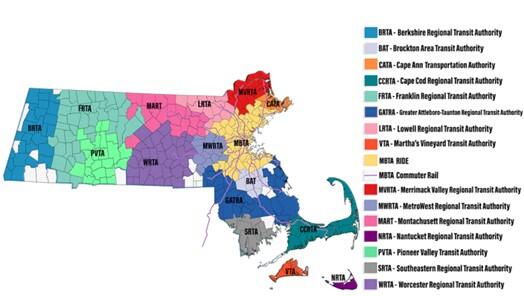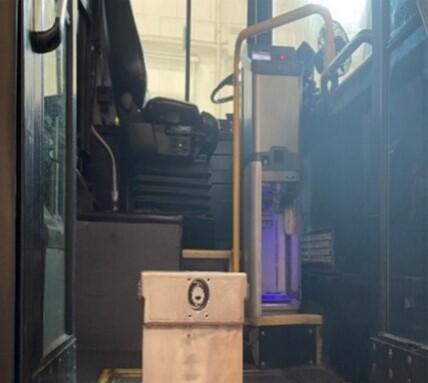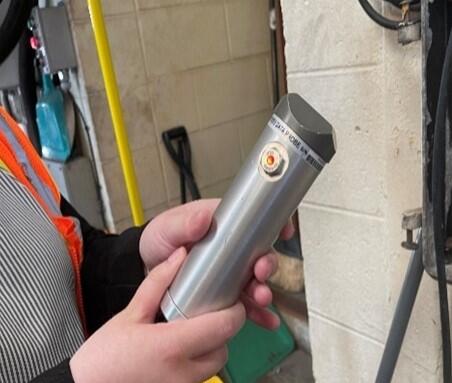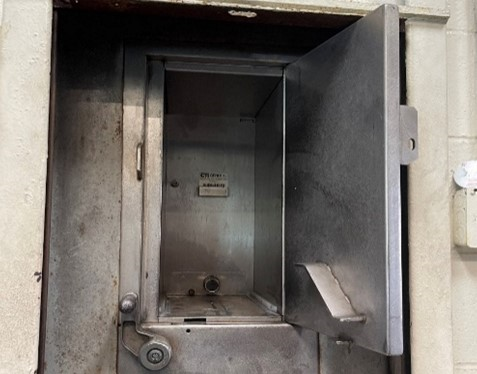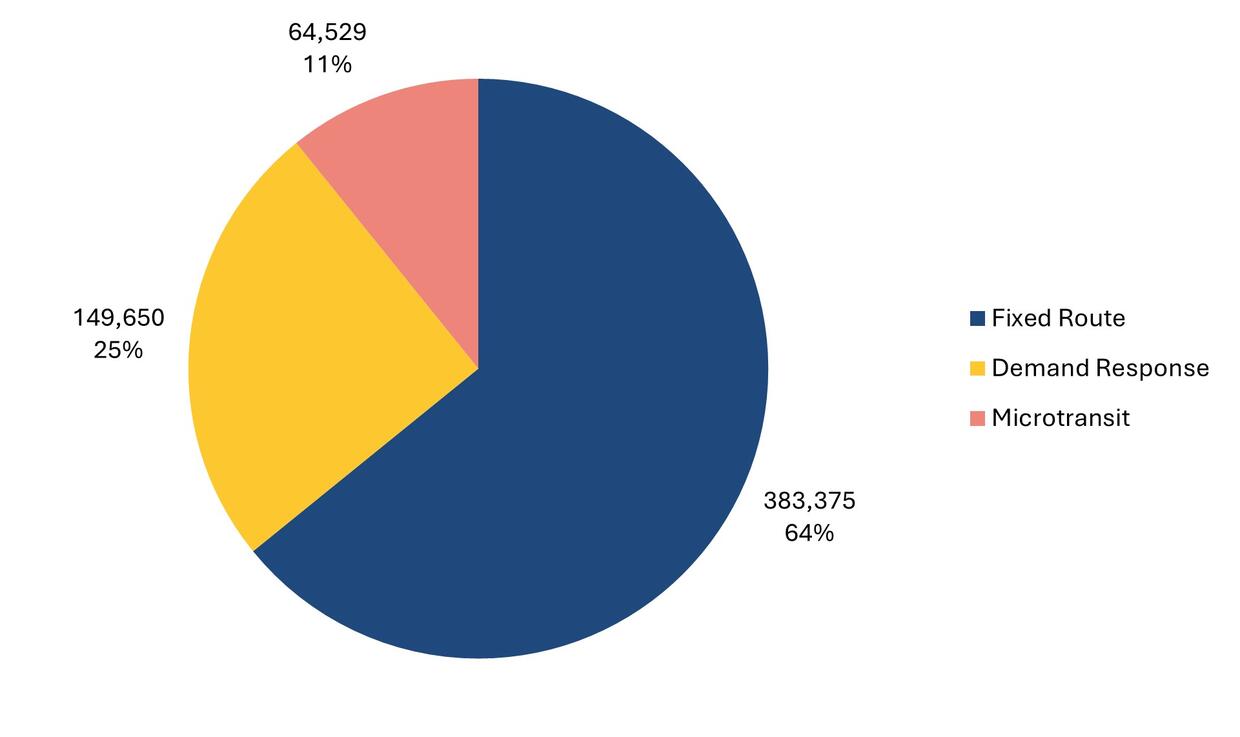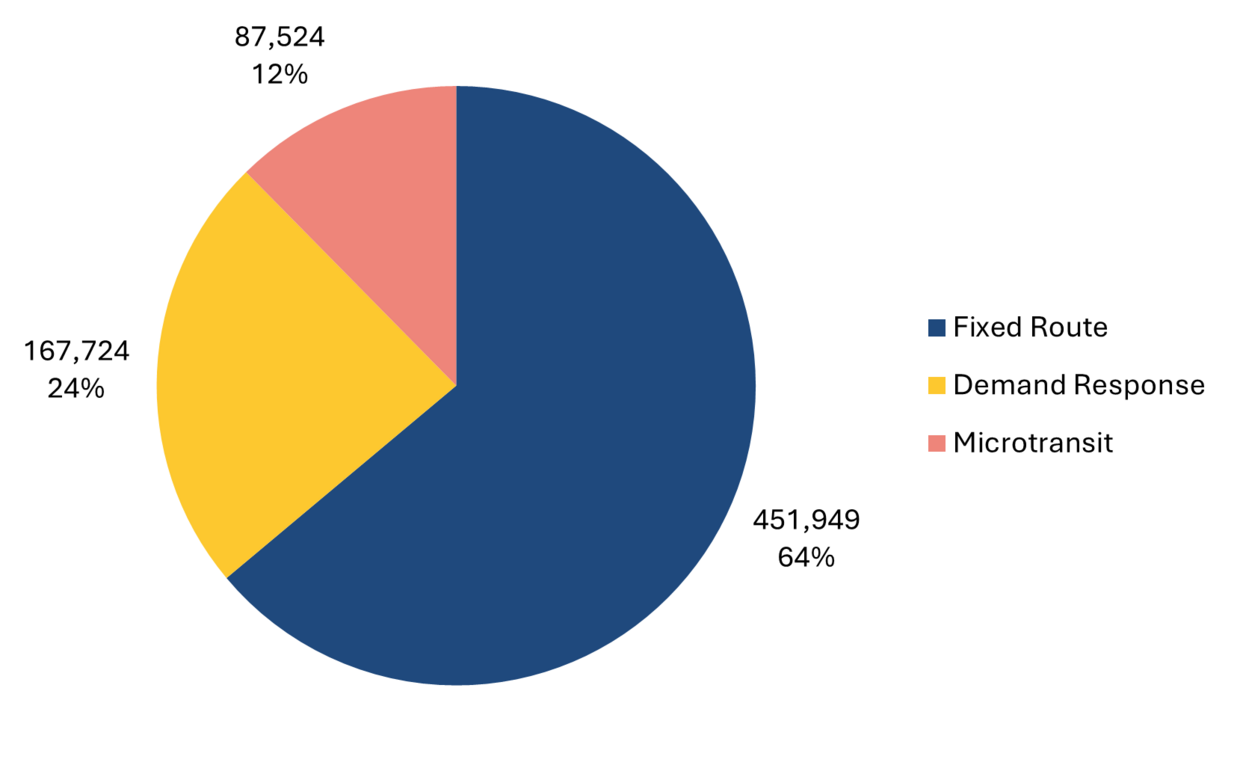Regional Transit Authorities
Chapter 161B of the Massachusetts General Laws established regional transit authorities (RTAs) to provide a public transportation system under the control of municipalities. This law defines the roles and responsibilities of these authorities and the municipalities in which they operate. Each RTA has an advisory board composed of elected officials from the communities in which they operate (e.g., selectperson or mayor), as well as one representative of the disabled commuter population,1 and one representative of the local rider community. The advisory boards appoint administrators, establish bylaws, and approve budgets and changes to RTA services.
Section 53 of Chapter 6C of the General Laws makes the Rail and Transit Division of the Massachusetts Department of Transportation “responsible for overseeing, coordinating and planning all transit and rail matters through the commonwealth,” including intercity buses, the Massachusetts Bay Transportation Authority, and RTAs.
Source: Massachusetts Department of Transportation—Rail and Transit Division (https://www.mass.gov/info-details/public-transportation-in-massachusetts)
Currently, there is a network of 15 RTAs operating in the Commonwealth, in addition to the transit services provided by the Massachusetts Bay Transportation Authority. These RTAs serve a total of 272 cities and towns outside the greater Boston area. RTAs are funded through a combination of state appropriations, federal grants, local governments, transit fares, and other sources. State appropriations for the 15 RTAs increased from $88 million in fiscal year 2019 to $94 million in fiscal years 2022 and 2023.
Greater Attleboro Taunton Regional Transit Authority
The Greater Attleboro Taunton Regional Transit Authority (GATRA) was established in 1976 and reports to the Massachusetts Department of Transportation’s Rail and Transit Division under Chapter 25 of the Acts of 2009. GATRA is headquartered at 10 Oak Street in Taunton and had 17 administrative and 31 brokerage2 employees during the audit period. GATRA provides transportation to 29 municipalities3 in southern Norfolk County, northern Bristol County, and Plymouth County.
According to Section 8 of Chapter 161B of the General Laws, RTAs may hire privately operated companies to provide its transportation services. As outlined in the service agreement between GATRA and its contracted transit provider, the provider is responsible for scheduling transportation services, maintaining GATRA’s vehicles, training its maintenance and operational employees, and collecting farebox revenues.
According to GATRA’s 2020 Comprehensive Regional Transit Plan, GATRA provides fixed-route transportation services,4 on-demand microtransit services,5 and demand-response transit services6 to riders daily—primarily on weekdays and Saturdays—during scheduled hours. GATRA’s 2020 Comprehensive Regional Transit Plan states,
It is the mission of GATRA to provide safe, courteous, cost-effective transportation to the people throughout the region. As the needs of the community grow and change, GATRA will be dedicated to meeting the challenges of modern transportation.
GATRA is one of two RTAs (the other is Montachusett Regional Transit Authority) that contracts with MassHealth to provide eligible MassHealth members with transportation services to various medical appointments.
Battery Electric Bus Initiatives
Since the Bipartisan Infrastructure Law was enacted on November 15, 2021, states and municipalities have invested in projects related to battery electric buses (BEBs), which are buses that use battery power to drive instead of diesel fuel. (See the "BEBs" section for more information.) According to the Fact Sheet: Bipartisan Infrastructure Deal released by the White House on November 6, 2021, one of the goals of the law is to “improve transportation options for millions of Americans and reduce greenhouse emissions through the largest investment in public transit in U.S. history.”
On October 24, 2013, the Governor of Massachusetts signed a memorandum of understanding (MOU), along with seven other state governors,7 to support zero-emission vehicle (ZEV)8 programs. This MOU included an agreement to collectively, across the eight states, have at least 3.3 million ZEVs, which include BEBs, on the road by 2025.
On September 16, 2016, the Governor of Massachusetts issued Executive Order 569 to combat climate change. This required the Massachusetts Department of Environmental Protection (MassDEP) to establish regulations to meet greenhouse gas emissions targets, mandated by the Global Warming Solutions Act, by August 11, 2017.
On July 14, 2020, Massachusetts, 14 other states, and the District of Columbia signed an MOU with a set of goals to ensure that 30% of medium- and heavy-duty vehicle sales would be ZEVs by 2030 and that these ZEV sales would be 100% by 2050. Medium- and heavy-duty vehicles are large vehicles such as pickup trucks, vans, and buses.
Volkswagen Clean Air Act Settlement and MassDEP Beneficiary Mitigation Plan
The Volkswagen Clean Air Act Settlement9 was a result of an investigation by the US Environmental Protection Agency and various state agencies into the automobile manufacturer Volkswagen. This investigation found that Volkswagen violated the Clean Air Act by installing software that displayed lower emissions in passenger diesel vehicles that were produced by Volkswagen during the 2009 and 2016 model years and that were sold in the United States. This included approximately 14,000 vehicles in Massachusetts. Based on the estimated 14,000 vehicles equipped with these so-called “defeat devices,” the Commonwealth was allocated $75,064,424 in settlement funds.
MassDEP was the designated lead agency for Massachusetts under the Volkswagen Clean Air Settlement and was required, in order to receive its settlement funds, to develop a Beneficiary Mitigation Plan, which summarized MassDEP’s planned allocation of those funds to other state agencies. According to the Beneficiary Mitigation Plan, one goal was to support RTAs in purchasing BEBs and charging stations.
On November 25, 2020, GATRA was awarded a $5,513,500 grant as part of the Volkswagen Clean Air Act Settlement allocation: $4,973,148 was to purchase six 30-foot-long BEBs, and $540,352 was to purchase and install six charging stations. GATRA signed a contract with MassDEP in order to receive these funds. This contract between MassDEP and GATRA required GATRA to discard six of its diesel buses; submit payment requests for six new BEBs and charging stations to MassDEP; and report BEB data annually to MassDEP regarding ridership, maintenance costs, performance, and operations in a BEB Annual Report. The contract also required GATRA to provide training to all pertinent maintenance employees on the operation and maintenance of the BEBs and charging stations.
BEBs
During the audit period, GATRA operated a total of 148 vehicles, including six BEBs that were put into service in January 2022. The six BEBs were acquired through a cooperative procurement initiative originally established between the Commonwealth of Virginia and GILLIG, the BEB manufacturer.10 These six BEBs are hybrid vehicles that use electricity to drive and diesel for heating the cabins. GATRA installed six charging stations in its garage behind its administrative building before it put the BEBs into service.
Each BEB contains seven high-voltage battery packs: Four are mounted on the BEB’s roof, one is located under the floor, and two are located at the BEB’s rear. BEBs also contain low-voltage batteries and cables to operate internal controls in the vehicle, such as lights. The BEBs also have battery equalizers to ensure that battery voltages remain at safe levels.
Training
We believe training for maintenance employees is critical when GATRA adopts BEBs and other electric vehicle technology because it helps operating and maintenance staff members understand the difference between BEBs and diesel buses to mitigate electrical hazards and the efficiency of time management while conducting preventative maintenance.
According to the contract between the Commonwealth of Virginia and GILLIG,
Upon delivery . . . the bus shall be put in service by qualified Contractor personnel, who shall provide training for the Authorized User. Training shall include operation and maintenance of the bus, all systems, accessories, operating procedures, and safety requirements. Placing the bus in service shall be held at a date and time to be agreed upon by the Contractor and Authorized User.
Maintenance
To monitor BEB maintenance, GATRA uses a web-based fleet management software, administered by GATRA’s contracted transit provider, to manage its vehicles and its parts inventory and track vehicle maintenance and repairs. Select employees in GATRA’s contracted transit provider’s Maintenance Department can input vehicle information; set up preventative maintenance schedules for GATRA’s vehicles; and enter work orders, information on parts needed for services, and information on the preventative maintenance performed for assigned vehicles. The maintenance employees use a preventative maintenance checklist to document the preventative maintenance services that have been performed. Maintenance employees use specific, individualized checklists for diesel, hybrid, and electric buses. The preventative maintenance checklist contains vehicle identification numbers, part numbers, descriptions of work performed, labor hours, etc. (See Appendix A.)
Global Positioning System Software
GATRA uses online Global Positioning System (GPS) software to track and monitor electric battery usage and maintenance for its BEBs and charging stations. Similarly to the fleet management software, only certain employees from GATRA and its contracted transit provider have access to the software and can use it to generate battery usage reports for each BEB or charging station. Unlike the fleet management software, the GPS software does not allow users to manually input data into the system and can only be used to generate reports. GATRA’s director of facilities uses data from the GPS software application to submit GATRA’s BEB Annual Report to MassDEP.
Transit Fare Collection System
GATRA uses a transit fare collection system for all vehicles used to provide fixed-route transportation. A farebox (see the image below) is in each vehicle to collect payments from passengers using cash, paper tickets, or smart cards. It also generates revenue and ridership data in real time. Using a farebox probe (see the image below), the assigned employee of GATRA’s contracted transit provider moves cash payments from the farebox in the vehicle to the wall‑mounted vault at GATRA’s main office. This occurs through a secure passthrough (see the image below) without a person physically handling the cash. This ensures that farebox revenue remains secure while being transferred to the counting room. The assigned employees from the contracted transit provider’s Maintenance Department (1) count the cash payments in a secure, monitored counting room on a weekly basis; (2) record the actual cash count in a Microsoft Excel spreadsheet; and (3) compare the total cash amount to the transit fare collection system.
These images are examples of GATRA’s farebox, farebox probe, and secure passthrough (left, center, and right, respectively).
Safety
Before the BEBs were put into service, GATRA worked with the Taunton Fire Department and the Taunton Building Department to ensure that the facility where the vehicles are stored overnight are equipped with fire hydrants and sprinkler systems to suppress fires, should they arise. GATRA’s director of facilities also developed an Emergency Action Plan (see Appendix B) to address the potential of battery and/or electrical fires.
GATRA Ridership Information
The charts below summarize GATRA’s ridership information for fiscal years 2022 and 2023.
Ridership Information for Fiscal Year 2022
Ridership Information for Fiscal Year 2023
GATRA Funding Sources
In fiscal years 2022 and 2023, GATRA received revenue from various sources, including fares and federal, state, and local assistance. The table below shows the total income that GATRA received during fiscal years 2022 and 2023.
| Type of Funding | Fiscal Year 2022 | Fiscal Year 2023 |
|---|---|---|
| Brokerage Income* | $ 49,038,745 | $ 67,463,263 |
| Farebox Revenue | 792,740 | 1,082,894 |
| Federal Grants (Federal Transit Administration Operating Grants) | 8,414,762 | 11,006,443 |
| State Contracts** | 12,103,982 | 6,363,341 |
| Local Assessments | 4,714,069 | 5,102,767 |
| Other Income† | 864,824 | 1,094,546 |
| Total | $ 75,929,122 | $ 92,113,254 |
* The Commonwealth’s Human Service Transportation Office provides full reimbursement for brokerage service expenses.
** This funding source represents contracts with other Massachusetts state government agencies—for example, GATRA’s contract with MassHealth for medical transportation.
† Other income includes advertising income, revenue from GATRA’s paid parking lots, interest income, gains on the sale of property and equipment, and rental income.
| Date published: | December 24, 2024 |
|---|
